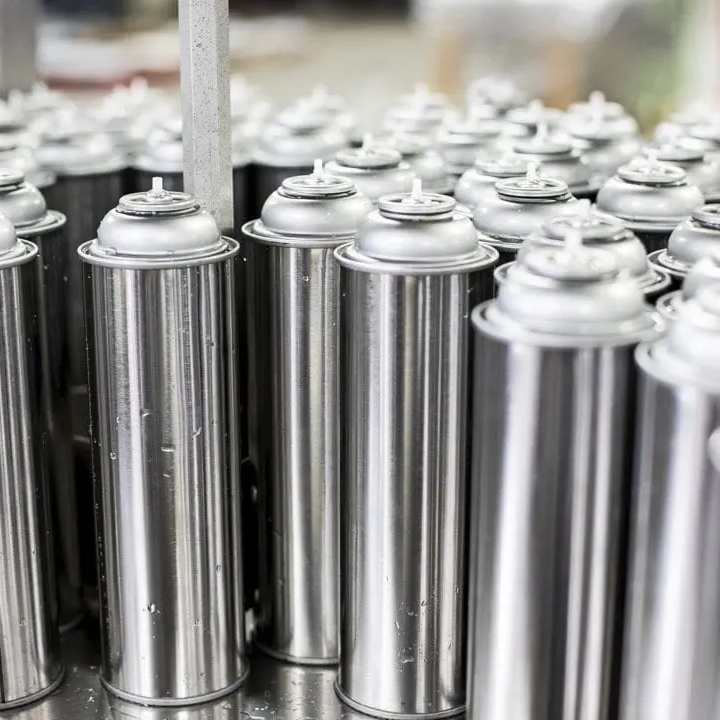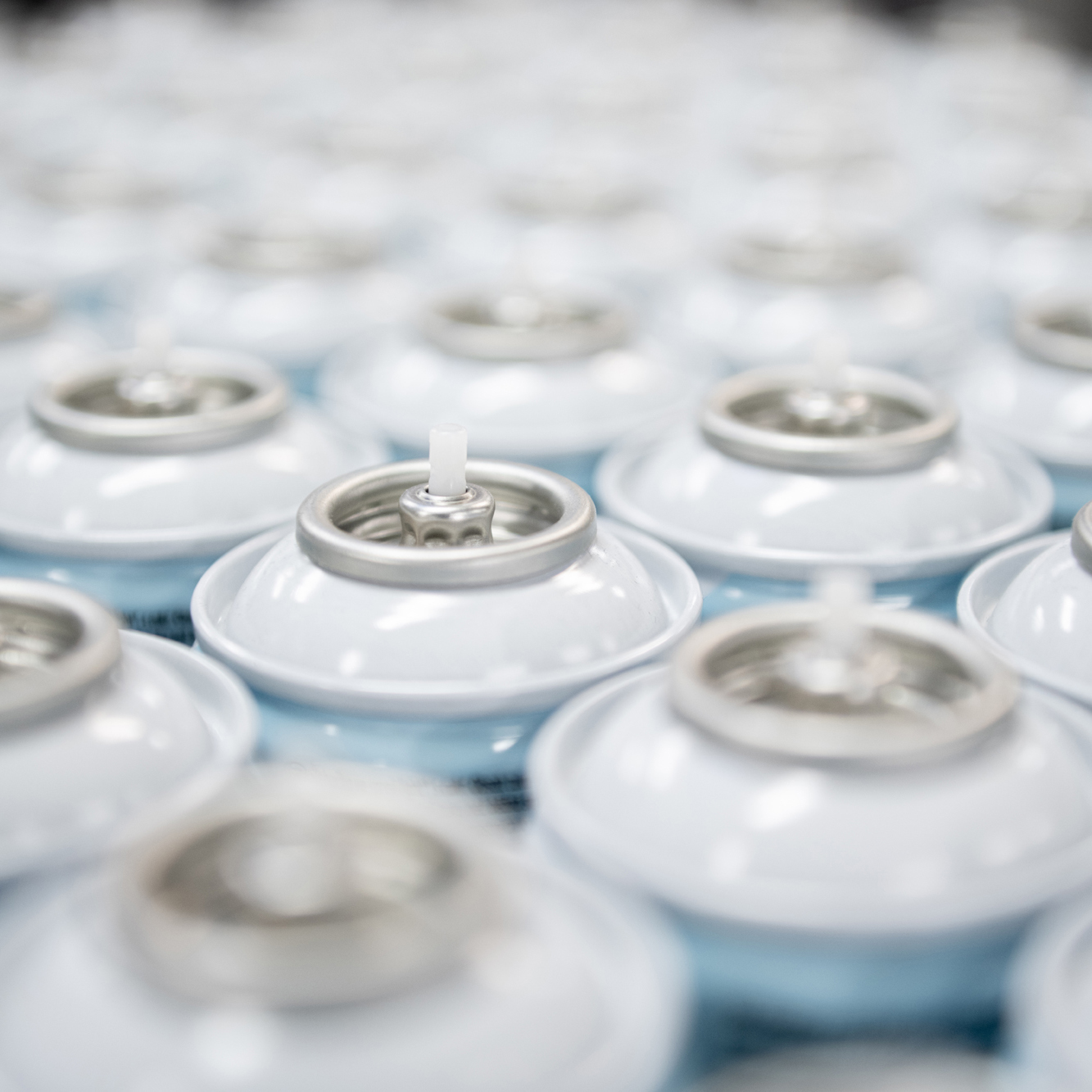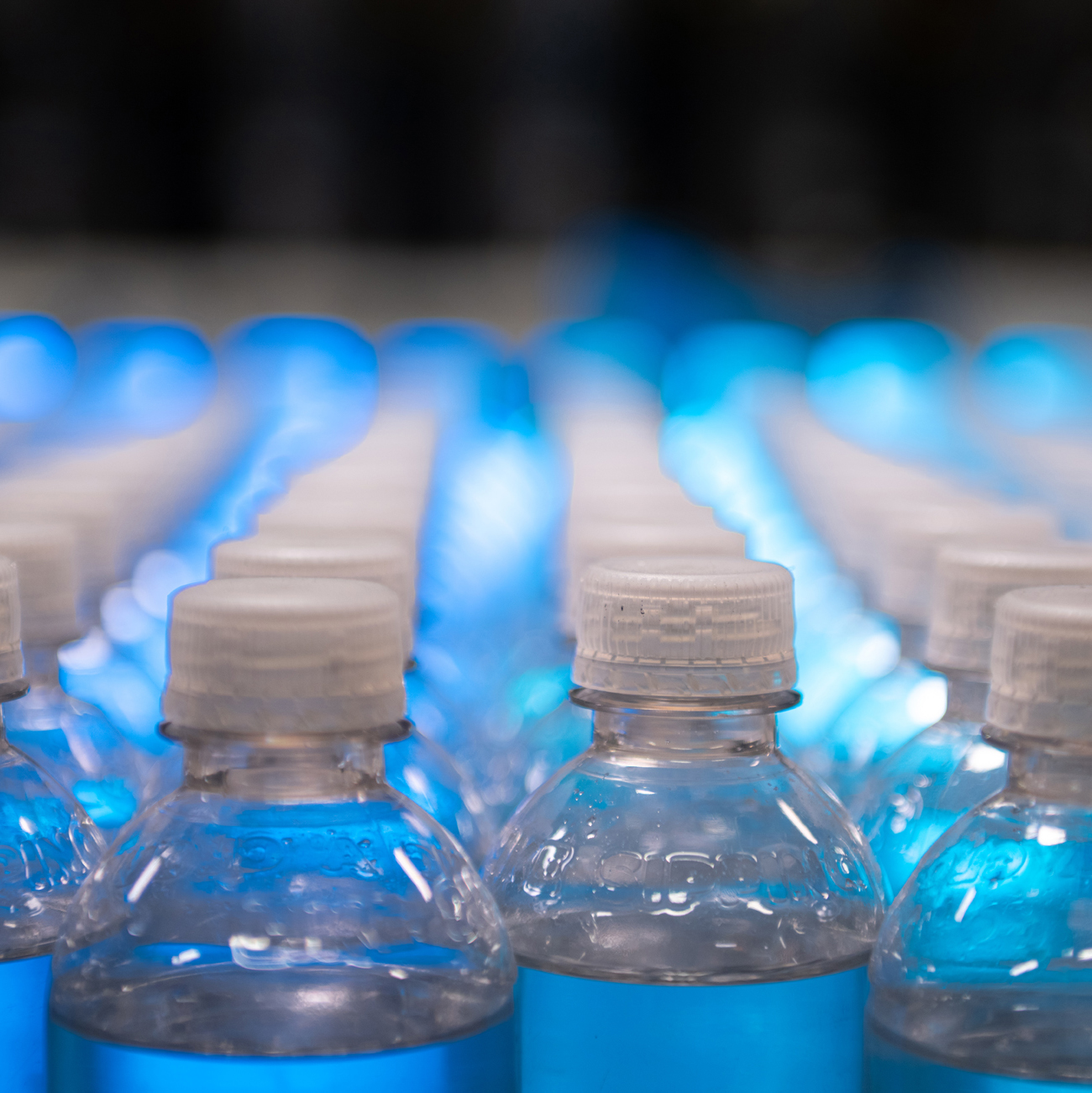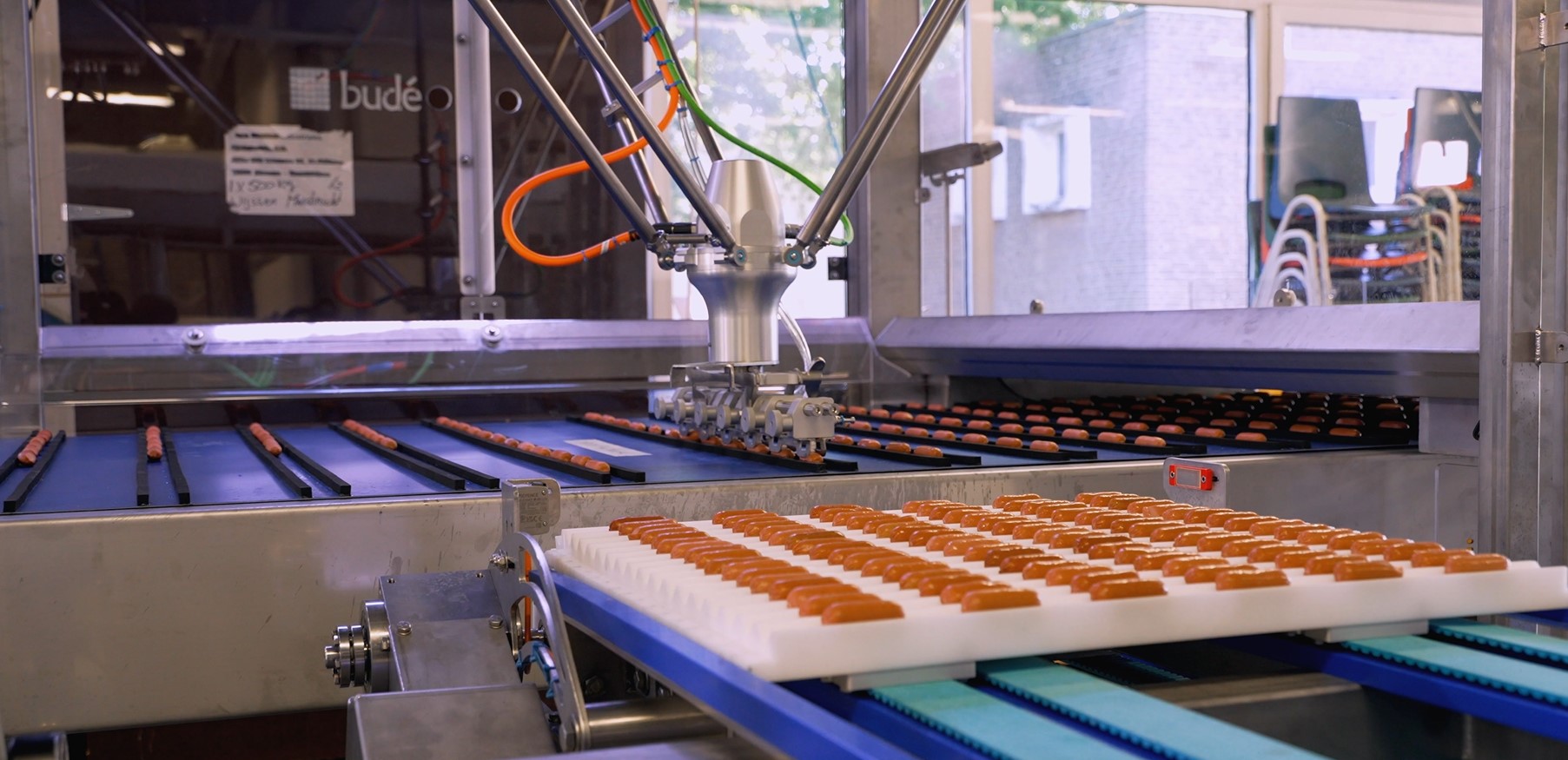Traditional gassing
In aerosol production, impact gassing refers to the process where a predetermined liquified propellant gas is forced into the can. This is used with LPG-based propellants but also with other gasses like CO2 where the turbulence created in the can, increases the amount of propellant. This process is sometimes called Pressure-Over-Time as the alternative to Time-Over-Pressure.
The other widely used gassing method is called Time-Over-Pressure where the valve is opened until the pressure in the can is equal to the pressure of the propellant gas. This method is used with compressed gasses like CO2 or N2.


Pros & Cons
Known for its simplicity, impact gassing requires minimal equipment compared to alternative methods. While it may lack the precision seen in controlled techniques, impact gassing remains a practical solution for certain aerosol formulations. It facilitates efficient can-pressurization, where an increased safety concern due to working with higher pressures during production is an area of attention.
The advantage of Time-Over-Pressure is that it is a simple method relatively easy to control and safe as it does not require the high pressures that come with liquified gasses and explosion risk issues when using LPG. The downside is that it often comes with a large headspace and less product in the can (often around 50-60%).
Applications and Solutions
Traditional and trusted gassing methods are found in a wide range of applications where CO2 or LPG is used as a propellant. Typical products are cleaners, repellants, or personal care.
Budé, in combination with its partners, has a portfolio of products that offer all the components needed to create a traditional gassing solution.
Do not hesitate to contact us for further information.




